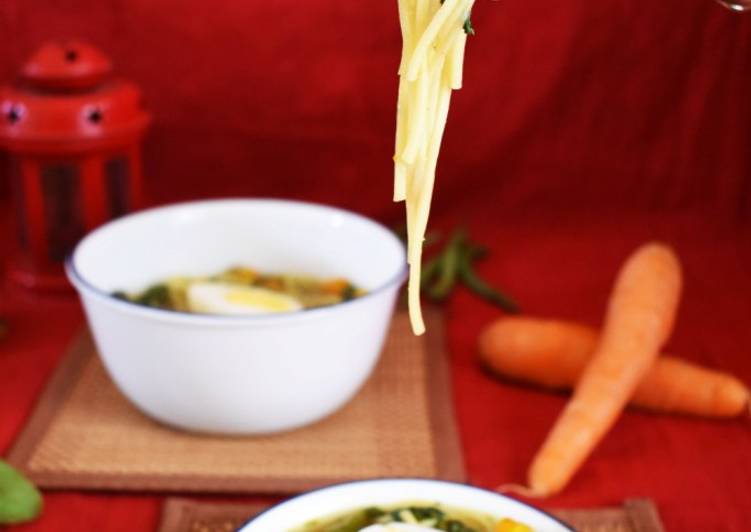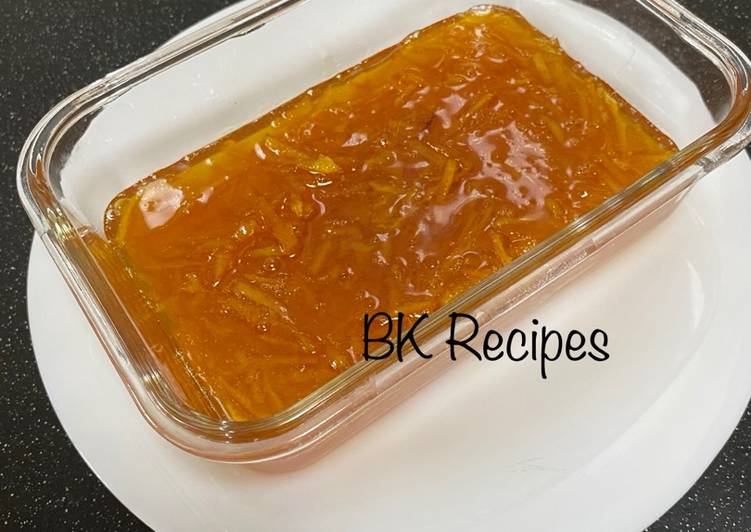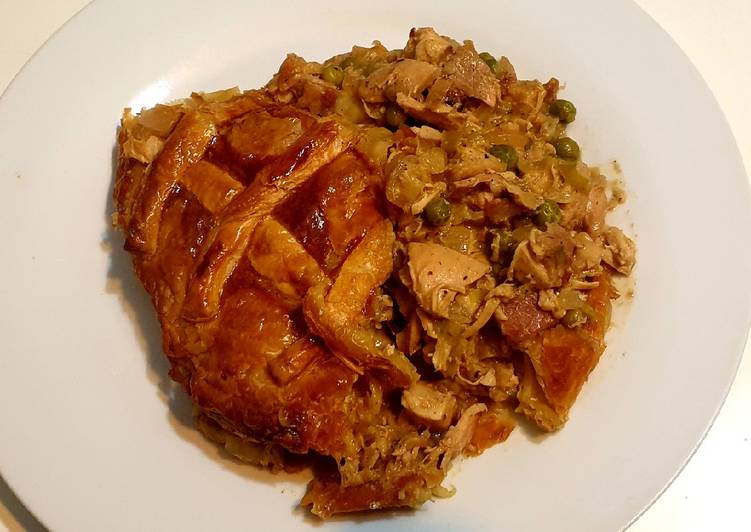
Hey everyone, it is me, Dave, welcome to my recipe page. Today, I will show you a way to make a distinctive dish, thukpa l tibetan noodle soup. It is one of my favorites. For mine, I will make it a little bit unique. This is gonna smell and look delicious.
Thukpa is one among the popular noodle soups in India. Thukpa is actually a Tibetan Noodle Soup and according to Wiki, "It originated in the eastern part of Tibet. The dish became popular in Nepal, Bhutan, and the states of Sikkim, Assam, and Arunachal Pradesh in Northeast India.
Thukpa l Tibetan Noodle Soup is one of the most popular of current trending foods in the world. It is easy, it’s quick, it tastes delicious. It is appreciated by millions every day. Thukpa l Tibetan Noodle Soup is something which I have loved my whole life. They are nice and they look fantastic.
To get started with this recipe, we have to first prepare a few components. You can cook thukpa l tibetan noodle soup using 15 ingredients and 11 steps. Here is how you can achieve that.
The ingredients needed to make Thukpa l Tibetan Noodle Soup:
- Get 1 cup noodles (regular or egg hakka noodles)
- Get 1 onion, chopped
- Prepare 5-6 garlic cloves, minced
- Make ready 1-2 green chillies, chopped
- Make ready 1.5 cup chopped spinach
- Prepare 3/4 cup chopped carrot
- Prepare 3/4 cup chopped french green beans
- Take 1/2tea-spoon cumin powder (jeera)
- Make ready 1/2 tea-spoon parsley
- Take 2 pinches mixed herbs
- Prepare 1 tea-spoon soy sauce
- Take 1 tbsp refined oil
- Prepare salt (according to taste)
- Make ready powdered black pepper (according to your tolerance)
- Prepare 1 hard boiled egg (optional)
Though it's mainly a Tibetan traditional dish, but it's very famous among and widely consumed by people of Bhutan, Nepal and many parts of. The dish became popular in various parts of Nepal, Bhutan, and the states of Sikkim, Assam, Nagaland and Arunachal Pradesh in northeast India.(Source:wiki). We can add vegetables or any meat to the soup. Thukpa is a popular soup in the northern Himalayan region of Nepal.
Steps to make Thukpa l Tibetan Noodle Soup:
- Soak noodles in hot water for 3 minutes. Drain the water and keep the noodles aside.
- Boil the chopped veggies for sometime adding 1/2 tea-spoon salt until the veggies become soft.
- Separate the veggies from the broth and keep both aside.
- Heat oil in a pan and add minced garlic, chopped onion and chopped green chillies. Sautè until the onion turns translucent.
- Add the boiled veggies and stir properly.
- Add cumin powder, parsley, mixed herbs and soy sauce and stir for 1-2 minutes.
- Now, add the vegetable broth, cover the lid and bring it to boil. Check the salt, add more if required.
- Now slowly add the noodles and mix properly.
- The noodles will absorb water. Add 1 cup of warm water (if you have some extra broth you can add that) and bring to boil.
- Turn the flame off and sprinkle some black pepper and your Thukpa is ready to be served now.
- If you like egg, slit a hard boiled egg and garnish your Thukpa with it.
Fragrant, hearty and simple to prepare, this satisfying soup recipe is an easy midweek winter warmer. Thukpa Gya-Thuk noodle soup is a very popular Tibetan noodle soup usually served with meat and typically prepared in Tibet, Sikkim, Bhutan, Nepal and also other parts of the world. Thukpa or Gya Thuk is an excellent ideal hot savor soup especially made to beat the cold weather of North Eastern states of India. Basically made with meat but pure veggies can also be made with just vegetables and. Chicken Thukpa (Himalayan Noodle Soup) Developed for CFC by Nancy Guppy, RD, MHSc.
So that’s going to wrap it up with this exceptional food thukpa l tibetan noodle soup recipe. Thank you very much for your time. I’m sure that you will make this at home. There’s gonna be more interesting food in home recipes coming up. Remember to bookmark this page in your browser, and share it to your family, friends and colleague. Thanks again for reading. Go on get cooking!


